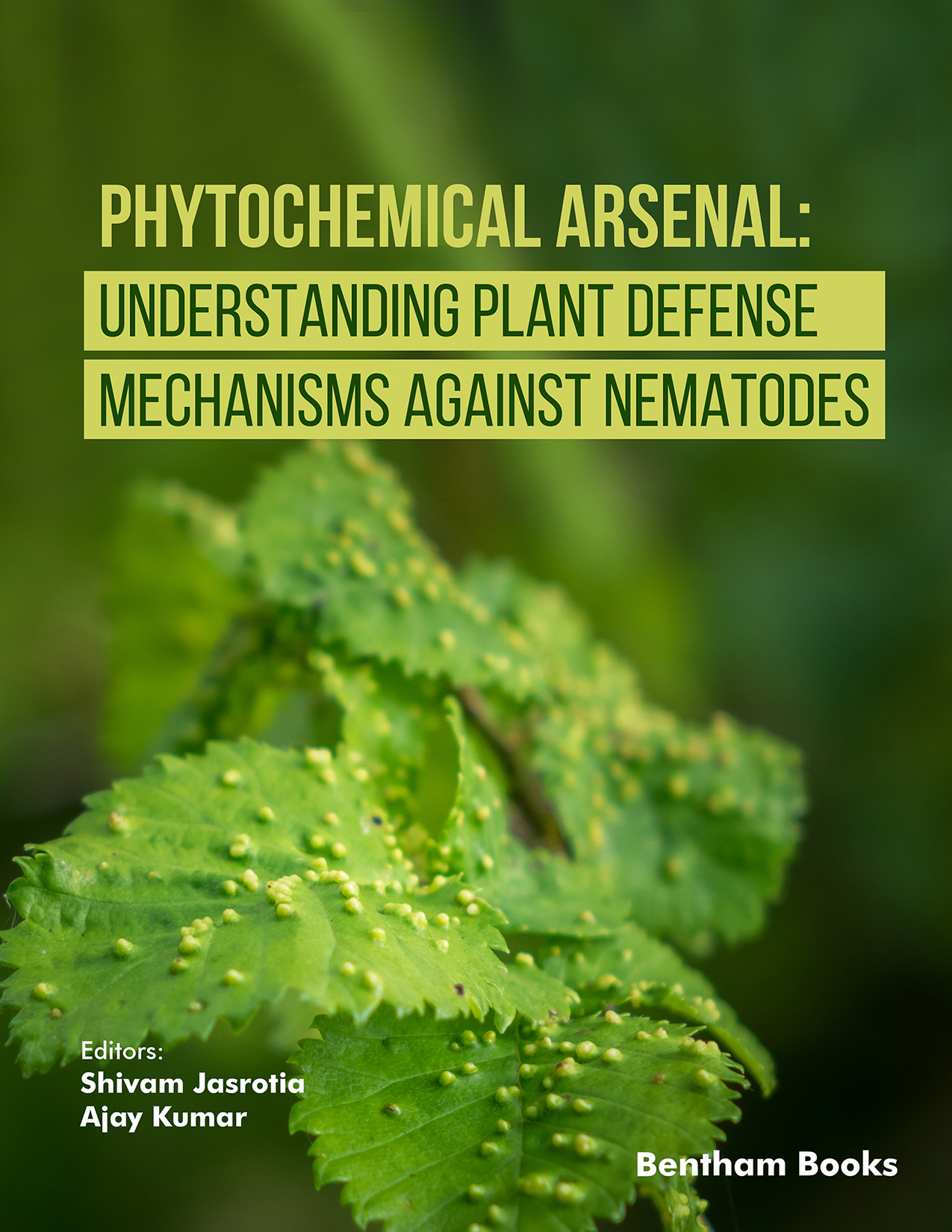In the realm of agriculture, nematodes have long been recognized as formidable adversaries, capable of wreaking havoc on crops and causing significant yield losses worldwide. As the need for sustainable and eco-friendly solutions to combat nematode infestations becomes increasingly urgent, exploring the defense mechanisms employed by plants takes center stage. This book, “Phytochemical Arsenal: Unveiling Plant Defense Mechanisms Against Nematodes,” delves into the fascinating world of plant-nematode interactions, with a particular focus on the crucial role of phytochemicals in plant defense.
The journey into the intricate realm of plant-nematode interactions begins with an exploration of the different types of nematodes, their life cycles, and the damage they inflict upon agricultural crops. This foundation sets the stage for understanding the challenges that plant populations face and the importance of unraveling their defense mechanisms against these microscopic parasites.
The book then delves into the diverse and captivating world of phytochemicals, nature's own arsenal of defense compounds produced by plants. Through detailed discussions, readers will gain insights into the various classes of phytochemicals, their biosynthesis pathways, and their roles in defending plants against nematode infestations. From alkaloids and terpenoids to phenolic compounds and glycosides, the book uncovers the intricate chemistry behind these compounds and their impacts on nematode behavior and physiology.
Understanding the mode of action by which phytochemicals combat nematodes is vital in unraveling the intricacies of plant defense mechanisms. This book explores the fascinating interactions between phytochemicals and nematodes, shedding light on how these compounds disrupt nematode feeding, reproduction, behavior, and mobility. Through this exploration, readers will gain a deeper understanding of the remarkable strategies plants have evolved to fend off nematode attacks.
Moreover, the book addresses the influence of environmental factors on the production and efficacy of phytochemicals. It delves into the impact of abiotic and biotic factors on phytochemical synthesis, providing insights into how environmental conditions can be manipulated to enhance plant defense against nematodes.
As researchers and practitioners seek practical applications for their knowledge, the book delves into the exploitation of phytochemicals for nematode management. It examines the potential of phytochemical-based biopesticides, breeding strategies for developing nematode-resistant plants, and biotechnological interventions that harness the power of genetic engineering and beyond. By examining these strategies, the book offers valuable guidance on how to utilize phytochemicals in integrated pest management programs, ultimately contributing to sustainable and effective nematode control.
Throughout the book, case studies and success stories highlight real-world applications and demonstrate the practical implications of phytochemical-based nematode management strategies. These cases provide valuable insights into the challenges faced, lessons learned, and potential pathways for future research and innovation.
In conclusion, “Phytochemical Arsenal: Unveiling Plant Defense Mechanisms Against Nematodes” aims to provide a comprehensive and insightful exploration of the fascinating world of plant-nematode interactions. It consolidates the latest research findings, scientific advancements, and practical applications, making it a valuable resource for researchers, academicians, and professionals in the fields of plant pathology, agronomy, crop science, and pest management.
We hope that this book will serve as an informative and thought-provoking guide, inspiring further research, collaboration, and innovation in the realm of nematode management. We extend our gratitude to all the contributors who have shared their expertise and knowledge, making this book possible. Our sincere hope is that it will contribute to the development of sustainable and effective strategies to protect our crops from the perils of nematodes.
Shivam Jasrotia
Department of Biosciences
Chandigarh University, Mohali
India
&
Ajay Kumar
University Center for Research Development (UCRD)
Chandigarh University, Mohali
India

